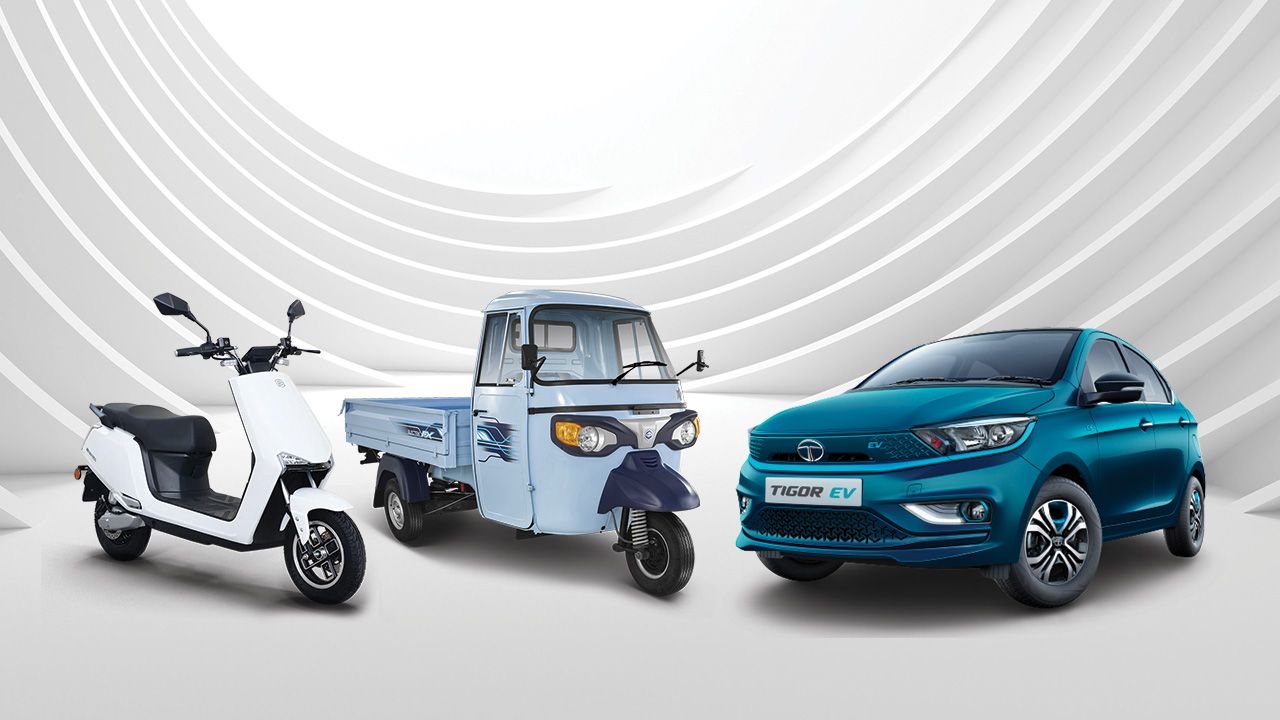
Glory be to the first adopters, for they are demonstrating to all of us that EV adoption in India can happen thick and fast. Stakeholders must now step up to the plate.
After over 20 years, I’m trying to buy a television. My mother’s Sony CRT flat-screen is now suo moto changing colours of the already colourful characters of the serials she watches (children, you may Google ‘flat screen CRT’ if you wish). Yes, this same set displayed footage of 9/11, so as you can guess, we are a bit behind the times.
The problem is that it is bewildering for me to choose a new TV (one that hopefully will also last another two decades), so much so that I am unable to make a decision. When I last checked, TVs were made by big Japanese and Korean companies, but now I am seeing cellphone brands stuck on them. House brands were seen on biscuit packs and pulses, now they grace expensive white and brown goods. And there are so many unknown brands that if I bargain hard enough, I could get an IMAX screen (with one large popcorn thrown in) for the price of a regular 32” LCD TV.
This is why I am simply amazed by Indian consumers – unlike me, of course – and their stupendous risk-taking abilities to purchase and use electric vehicles. They are willing to put their hard-earned money on brands which have never made vehicles before, on technologies that are yet to find mass acceptance, adjust their usage patterns to fit the vehicle’s characteristics and rely on unknown brands with undetermined provenance. I think the Indian consumer, yet again, is surprising OEMs, the Government, policymakers and all other related stakeholders in the mobility space.
Not so long ago, we were laughing that, in a power-deficit country, EVs will never take off. Then there were concerns that to charge EVs we will use polluting gensets – undermining the very reasons why we would want EVs in the first place. We also joked about how the typical Indian car or two-wheeler buyer is not so bothered about the environment that he or she would want to spend extra money on EVs or try to make them fit into their usage patterns. Then, of course, there’s the chicken and egg issue with not having a charging infrastructure to speak of – no charging options, so no EVs and no EVs, so no charging setup. This leads to the big daddy of all EV-related issues: range anxiety. This mega issue stops consumers in developed countries in their tracks, let alone in India.
But something has changed – it’s not the Indian consumer, whom we, as industry stakeholders, professionals and observers seriously underestimate. They have always been progressive, willing to experiment and reward companies that genuinely want to usher in positive change in their lives. He or she is willing to take bold purchase decisions if they find genuine value in the products and brands on offer. Have a look around you. The most successful companies in India are those that treat the Indian customer with respect and take the effort to understand their behaviour rather than try to unilaterally change it.
What has changed is the realisation in our minds. Our eyes have opened to the fact that the Indian car and two-wheeler buyer has thrown off the trepidation that we imposed on them, and they have gone ahead and accepted electric vehicles, surprising us. Earlier, it was about buying products from unfamiliar brands, now it’s about buying products from unfamiliar brands using unfamiliar technologies! While Union and State Government incentives have obviously helped bring down acquisition hesitancy, the mental leap required to buy an EV cannot be achieved by subsidies alone.
There’s a lesson in here, and that is not specific to EVs but to all consumer products and brands that want to woo the Indian customer. We are still an emotional lot, we perceive risks and rewards differently as compared to many other consumer cohorts in other countries. Talk to our hearts and we will give you a patient hearing, and we may even spend our hard-earned money on you. Coming back to EVs, we Indian customers are willing to accept them wholeheartedly; it’s up to the industry, policymakers and the Government to not let us down. If all players come together and create a vibrant, user-friendly, cost-effective and convenient zero-emission ecosystem, then it is a win-win for everyone. One of the world’s largest and most receptive consumer bases is impatiently waiting for that change.
As for me, I am willing to endure the learning process of this generational shift in television technology. You see, I have my own 20-year old Onida flat-screen CRT as well that needs replacement. It has not been connected to an electric socket for 5-plus years, still…
Read more:























Write your Comment